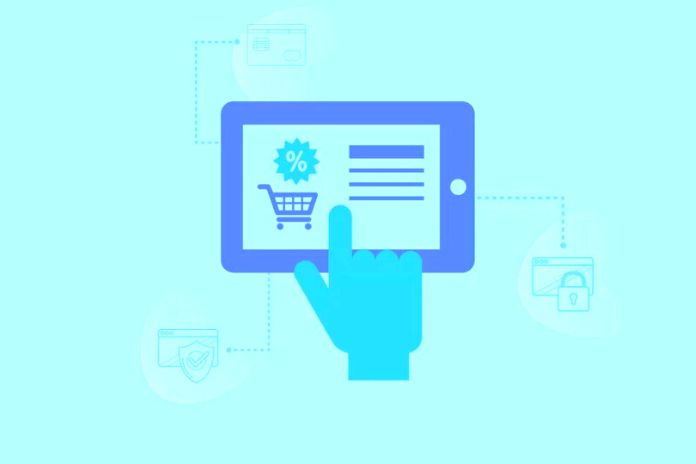The use of technology in retail is an essential competitive differentiator in the market. However, it is necessary to understand its benefits and business strategies to maintain the continuity of these investments and the company’s development.
With technology, all sectors of a company gain autonomy to develop their solutions. In other words, solving business challenges becomes more accessible and more diverse. In addition, another objective is to disseminate technological tools in several areas. As well as taking advantage of the technological options present in the market to offer increasingly better experiences to consumers.
The Retail History
Looking at retail history, it is possible to find recent traditional and widespread behavior. Retail was a very eye-to-eye and low-tech business. Personalization took place on a small scale when the market owner remembered that Dona Maria bought the tomato paste from the X brand on Fridays to prepare the pasta for the weekend.
In those times, most technologies had a POS terminal, a barcode reader, and a connection to the credit card company. Today we can say that technology in retail is no longer an option but a strategic necessity.
Retail is no longer analog – now, it can only grow and maintain the connection with customers who are tech. And, in this transformation, everything changes in the sector.
In this scenario, it is possible to see this transformation in new business models such as marketplaces, ecosystems, delivery, dark stores, and one-click shopping that depend on technology.
Tech Business Universe
For example, there are many customer attraction strategies used by retailers. We can mention some loyalty programs that seek efficiency in the identified sales as an essential point. The higher the sales rate identified in a store, the easier it is for the retailer to know details about their customer’s profiles and purchase behavior.
To have a minimum efficiency, e-commerce depends on data; therefore, 100% of purchases are identified in the digital environment. However, this reality makes more and more sense for physical retail. That’s why, in retail, every place is a place to be tech, and data is at the heart of the business universe.
Deepening Into The News
Retailers already inserted in the digital context via e-commerce or apps have adapted more quickly to the new consumer reality. It is important to emphasize that digital transformation has made the market more competitive, and being attentive and constantly updated with market news is essential!
That is why the Postgraduate Retail, Branding, and Consumer Market places particular emphasis on the impact of new technologies on the retail segment, which is one of its significant differentials for both beginners and those who want to improve their digital business models.
Technological innovations in retail, such as cognitive computing, virtual and augmented reality, and virtual assistants, show the need to bet, creatively and sustainably, on the integration of the physical with the digital and increase the experience for consumers.
The future trend for the retail market is to integrate the point of sale into a multichannel marketing and sales strategy, still playing an important role and with the potential to focus on experiential marketing to strengthen the brand.
We will increasingly see the union of the POS with the so-called PDX. This acronym represents the evolution of the point of sale. A modern and consistent concept transforms the traditional POS into a space that offers experience, services, education, solutions, relationships, interaction, updating, and selling products and services.
Retail Evolution
When evaluating the history and evolution of retail, we realized that before the POS was limited to the window, the display was static, just a one-way street where the consumer acted as a receiver of information.
With the entry and advancement of technology, the environment gained interactivity and movement, creating new shopping experiences for consumers and making them identify with the brand, product, and service. The era of interactivity at the point of sale has arrived. Touch screen totems have multiplied in physical stores, allowing consumers to “feel” the product.
Also Read: Data Science Lifecycle: From Business Objective To Product












